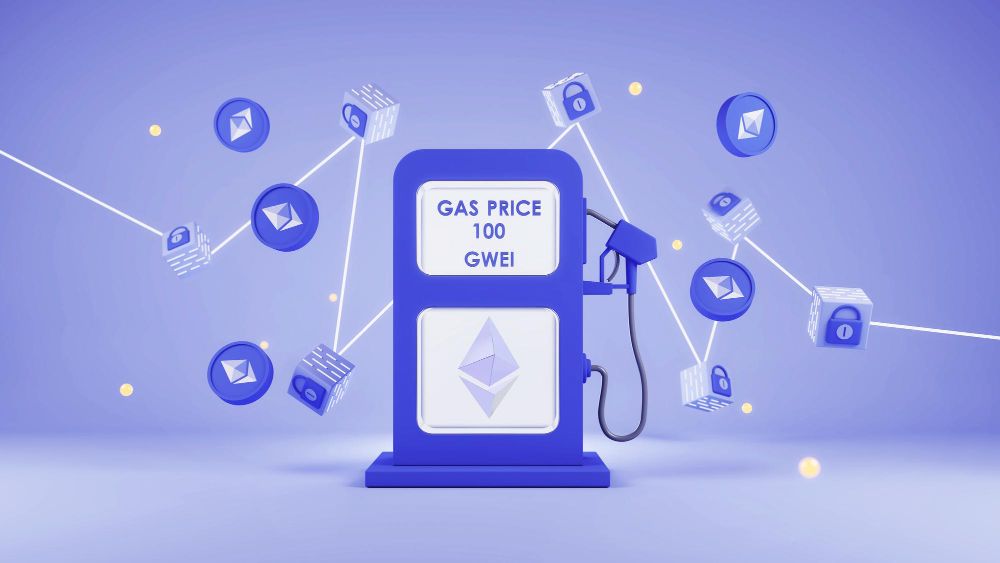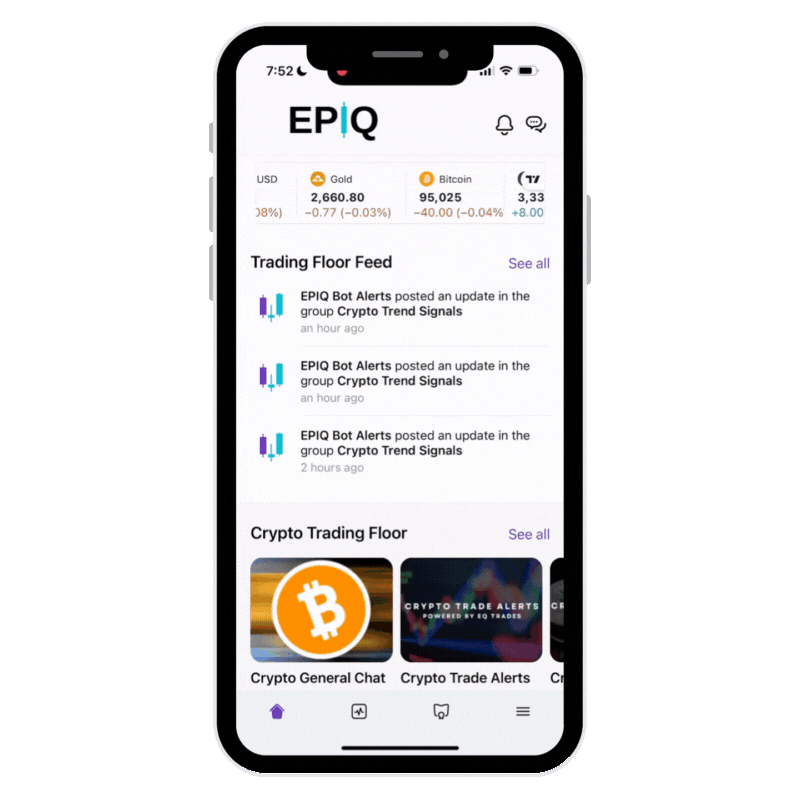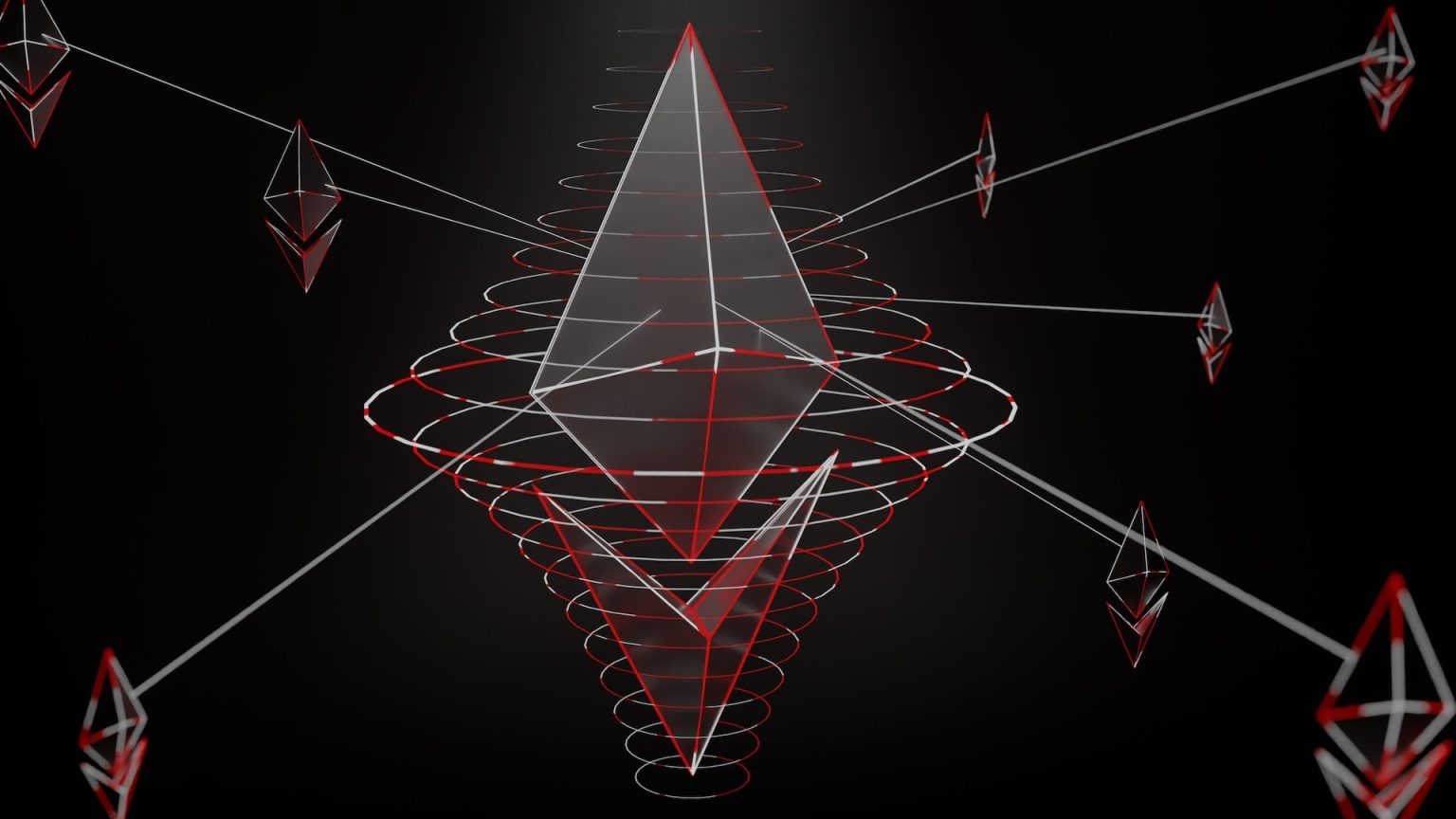Ethereum, the world’s second-largest cryptocurrency platform, has revolutionized decentralized applications (dApps) and smart contracts. However, as its popularity surged, so did the network congestion, leading to skyrocketing gas fees. Users often find themselves paying exorbitant fees, making micro-transactions and smaller operations economically unfeasible. This raises a critical question: Can Layer-2 solutions effectively address Ethereum’s gas fee challenges?
Elevate your crypto trading experience with EPIQ Trading Floor. Gain access to real-time trade signals, an exclusive mobile app, members-only livestreams, and personalized one-on-one coaching. Use code “BLOG” at checkout for a 10% discount and enjoy a risk-free 3-day trial—cancel anytime within 72 hours without being charged.
Understanding Ethereum Gas Fees
Gas fees are payments made by users to compensate for the computing energy required to process and validate transactions on the Ethereum network. These fees serve as incentives for miners to include transactions in blocks, ensuring the network’s security and functionality. However, during periods of high demand, gas fees can escalate dramatically, pricing out many users and hindering the network’s accessibility.
The Role of Layer-2 Solutions
Layer-2 (L2) solutions are protocols built atop the Ethereum mainnet (Layer-1) to enhance scalability and reduce transaction costs. By offloading a significant portion of transaction processing from the main chain, L2 solutions alleviate congestion and offer users faster, more affordable transactions.
How Do Layer-2 Solutions Work?
L2 solutions function by processing transactions off-chain and only settling them on the Ethereum mainnet periodically. This approach reduces the load on the mainnet, leading to lower gas fees and increased transaction throughput. Notable L2 technologies include:
- Rollups: These bundle multiple transactions into a single batch, which is then processed on the Ethereum mainnet. This significantly reduces the cost per transaction as users share the transaction fee.
- State Channels: They enable two participants to conduct transactions off-chain, submitting only the final outcome to the Ethereum blockchain.
Prominent Layer-2 Solutions
Several L2 solutions have gained prominence for their effectiveness in reducing gas fees:
- Arbitrum: Utilizes optimistic rollups to enhance transaction speed and lower costs.
- Optimism: Another optimistic rollup solution focusing on scalability and reduced fees.
- zkSync: Employs zero-knowledge rollups (zk-rollups) to ensure security and efficiency.
These solutions have demonstrated significant reductions in gas fees. For instance, transactions on Arbitrum and Optimism can cost as little as a few cents, compared to several dollars on the Ethereum mainnet.

Ethereum’s Upgrades and Their Impact
Ethereum’s transition to Ethereum 2.0, marked by the shift from Proof-of-Work (PoW) to Proof-of-Stake (PoS), aims to enhance scalability and reduce gas fees. Additionally, the implementation of sharding and other upgrades are expected to further alleviate congestion. However, these Layer-1 improvements alone may not suffice, making Layer-2 solutions crucial for comprehensive scalability.
Challenges and Considerations
While L2 solutions offer promising avenues for reducing gas fees, they come with their own set of challenges:
- Security: Ensuring that L2 solutions maintain the security standards of the Ethereum mainnet is paramount.
- User Experience: Integrating L2 solutions seamlessly into existing platforms is essential for user adoption.
- Interoperability: Ensuring smooth interaction between different L2 solutions and the mainnet is crucial for a cohesive ecosystem.

Conclusion
Layer-2 solutions present a viable path to mitigating Ethereum’s gas fee challenges, offering scalable and cost-effective alternatives to Layer-1 transactions. As these technologies mature and gain adoption, they are poised to play a pivotal role in shaping the future of Ethereum’s scalability and accessibility.
Enhance your crypto trading journey with EPIQ Trading Floor. Access real-time trade signals, an exclusive mobile app, members-only livestreams, and personalized coaching. Use code “BLOG” at checkout for a 10% discount and enjoy a risk-free 3-day trial—cancel anytime within 72 hours without being charged.
Disclaimer: This article is for educational purposes only and does not constitute financial advice. Cryptocurrency investments carry risks, and readers should conduct their own research before making any investment decisions.










Responses